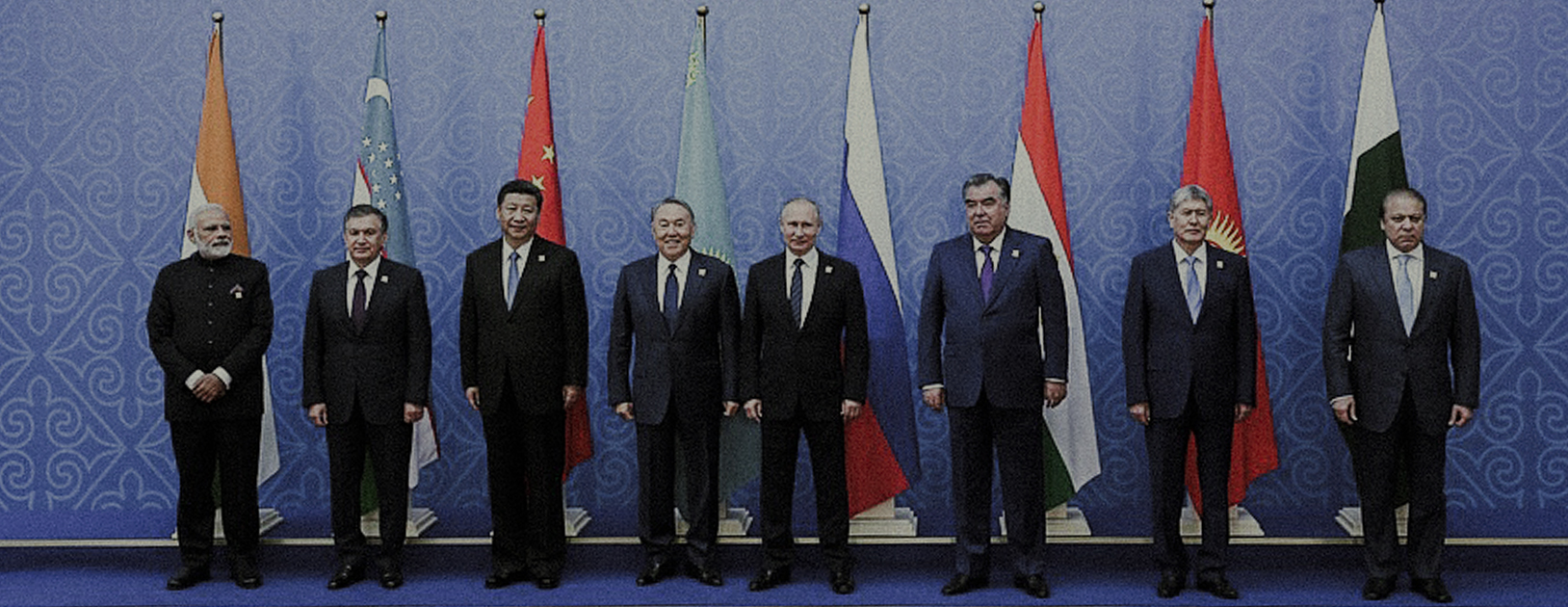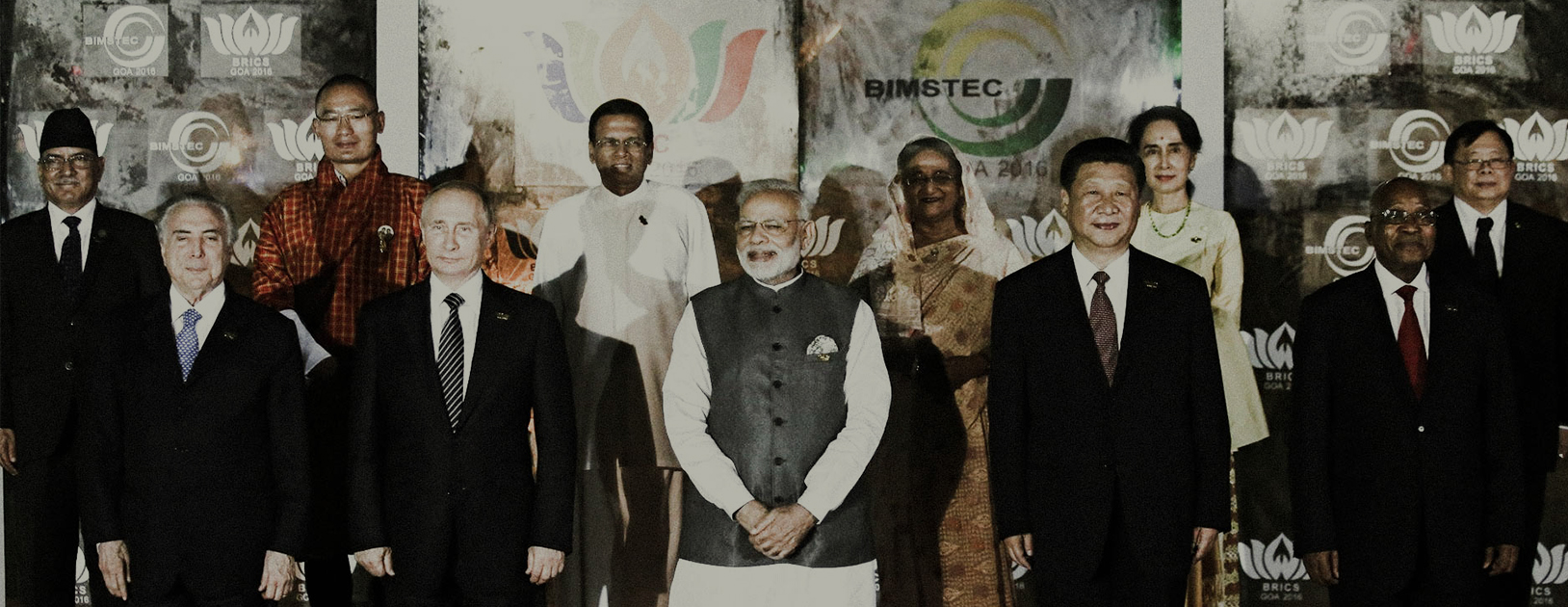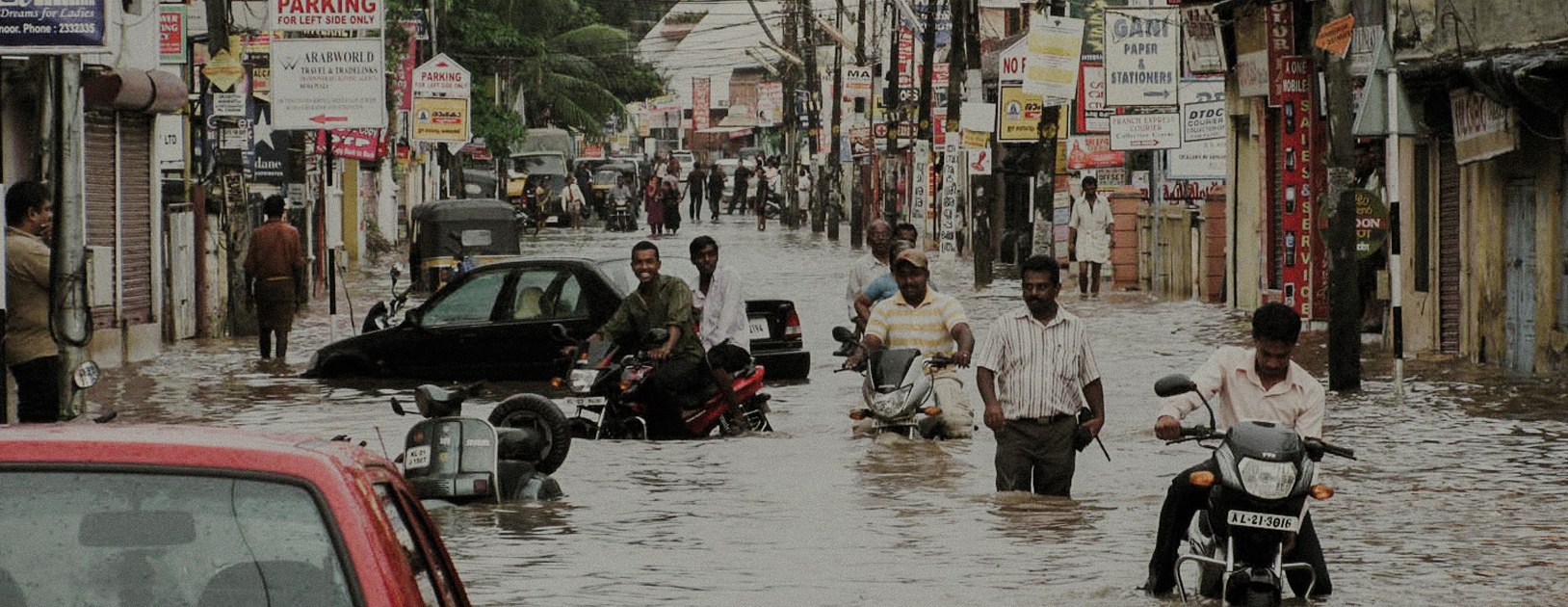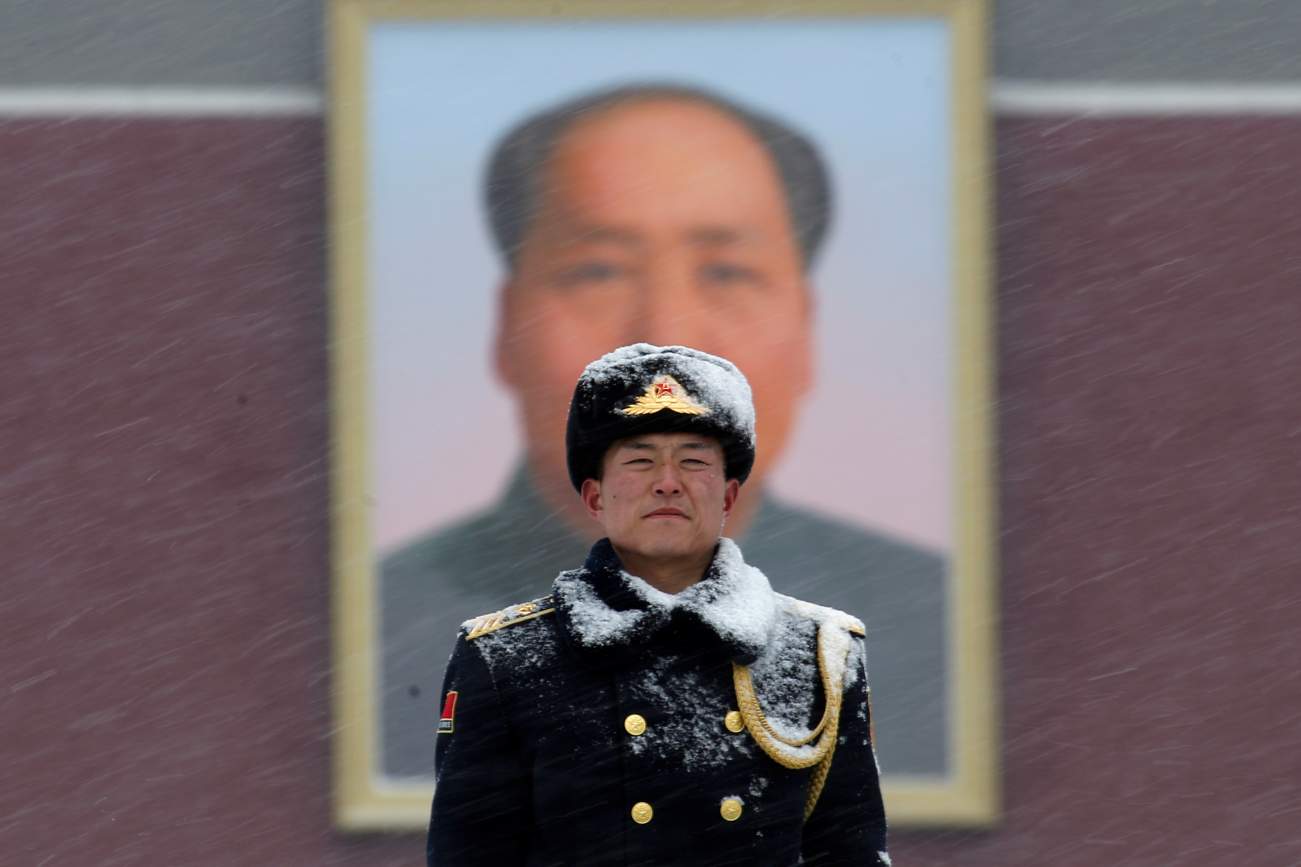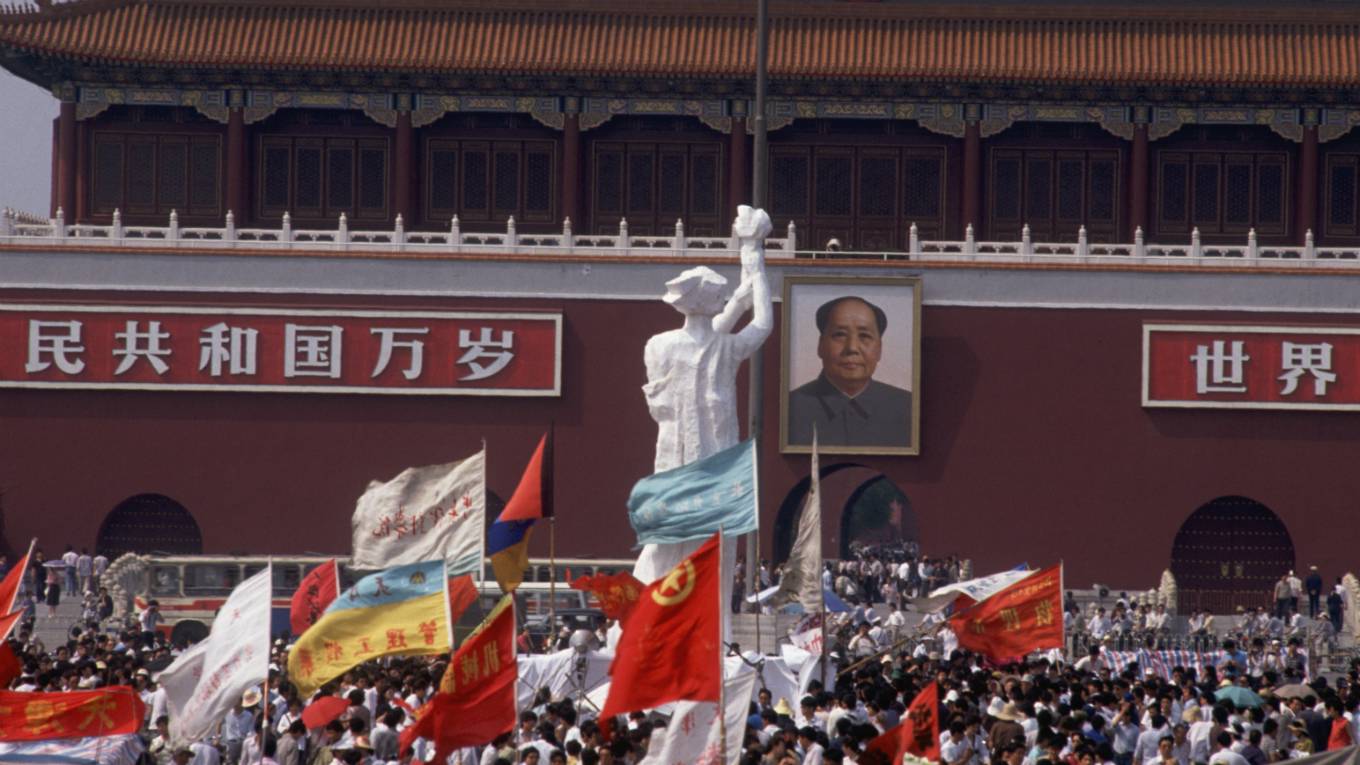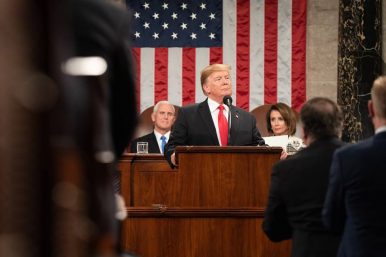By Nimmi Kurian
India’s neighbourhood policy makes for a feel-good narrative of reimagining borders as bridges and speaks a comfortable cosmopolitan language, laying claim to a universal vision of globalism. The country’s diplomatic engagement has begun to acquire a level of diversity and complexity in recent years with a host of subregional initiatives such as the Bay of Bengal Multi-Sectoral Initiative for Technical and Economic Cooperation (BIMSTEC), the Mekong Ganga Economic Cooperation (MGC), and the Bangladesh China India Myanmar Economic Corridor (BCIM). The past five years have seen a further deepening of this idea at the substantive as well as rhetorical levels with initiatives such as the Neighbourhood First policy, the rechristened Act East policy, Prime Minister Modi’s high-profile visits to South Asian capitals, and the setting up of a States Division at the Ministry of External Affairs (MEA).1
But for all its enthusiastic rhetoric, there is a curious paradox at the heart of India’s subregional discourse. While the border states are projected as bridges between India and the neighbourhood, in actual practice India’s neighbourhood policy remains unambiguously top-down and continues to be firmly led and steered by New Delhi. This is both puzzling and problematic since the notion of subregional cooperation is fundamentally premised on making geographically proximate border regions within two or more countries important sites of cooperation. Standing this logic virtually on its head, it is New Delhi that has regularly hosted BIMSTEC’s Working Groups on regional governance issues such as disaster management, customs cooperation and regulation of passenger and cargo vehicular traffic. A comparison with the working of China’s subregional discourse is both revealing and sobering. China’s border province of Yunnan, for example, regularly hosts the Greater Mekong Sub-region Working Groups on a range of regional governance issues such as environment, tourism and agriculture. The centralising impulse is again all too evident in India’s discourse on border trade, for instance in Dharchula, Uttarakhand, an ancient border town located on the trans-Himalayan trading routes with Nepal and China. Trade permits required to conduct trade are no longer issued at the border but instead in Dehradun, the state capital, entailing protracted procedural delays and costs. Taken together, dichotomies such as these represent a classic instance of suboptimal subregionalism at work, a discourse that has clearly ended up aiming low and hitting lower.2
